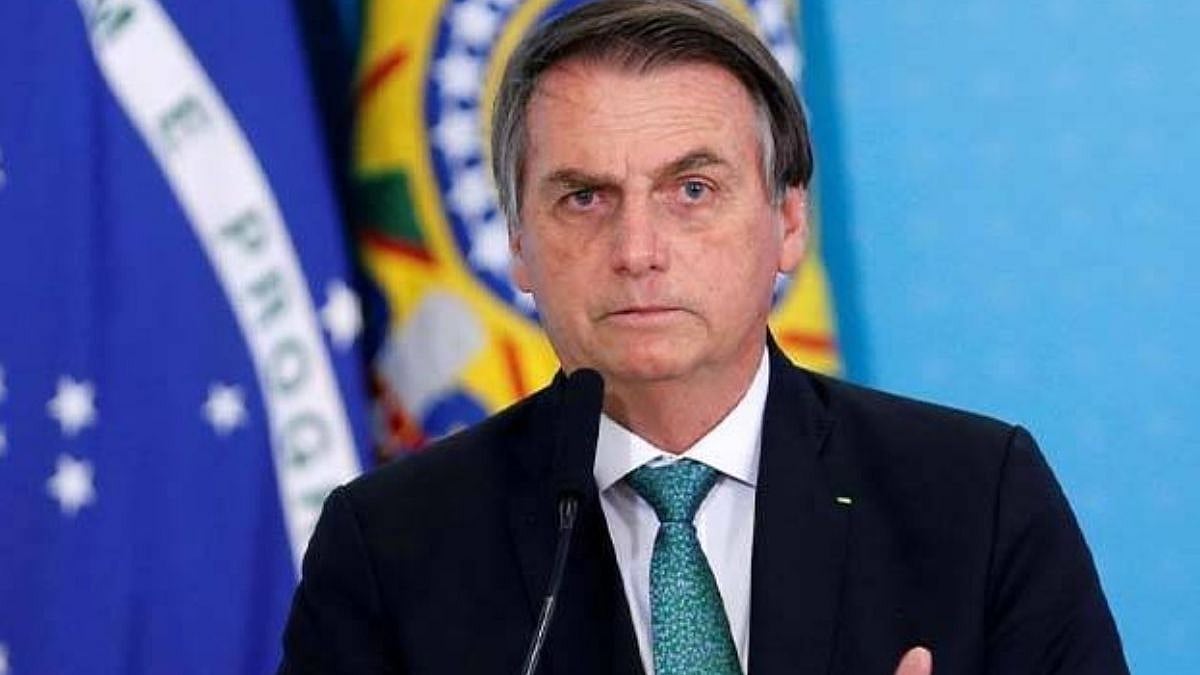Mumbai’s voters cast their ballots on a day when the air quality index (AQI) was classed as ‘poor’ to ‘unhealthy’. Ditto for Ranchi. With air and water pollution in tier-1 and tier-2 cities reaching a point where ordinary citizens are articulating health and livelihood-related environmental concerns, political parties and even candidates have taken notice.
The result is that while freebies, identity politics and job creation dominated the electoral pitch, and the white noise of inter-party bickering took up sound bytes on all channels, the manifestos of both alliances took note of green issues — albeit reduced to a set of well-worn cliches on ‘sustainability’, ‘ecology’ and ‘conservation’.
The BJP’s Sankalp Patra 2024 (election manifesto) spoke in general terms of rejuvenating water bodies, protecting ecosystems, restoring mangrove forests, instituting awards for environmental protection and improved urban planning. It also mentioned the development of the Kass Plateau as a ‘sustainable’ tourism destination, and made specific promises for more green spaces in Mumbai and a push towards electric vehicles and water metros, presumably from the perspective of tackling air pollution.
The MVA’s manifesto promised to halt environmental damage in the name of development. It proposed legislation to protect hill ranges, expand forest cover across the state, clean up rivers and remove encroachments on water bodies. Other commitments included tackling the effects of climate change, like extreme precipitation events, flooding and rising temperatures — all drawn from the Mumbai Climate Action Plan released by Uddhav Thackeray in 2022.
The question is whether any of these promises will be kept. The probable answer is that they won’t. No one has any doubts which side of the development versus environment debate the ruling coalition is on, specially if it intends to fulfil the dazzling promise of Maharashtra as a $1 trillion economy. As for the MVA’s commitment to establish a ‘sustainability’ cell aimed at achieving net-zero emissions, that’s a tall order, given the size of the Mumbai Metropolitan Region’s carbon footprint: 24 million people, 4.7 million vehicles, thousands of industries and ceaseless construction activities.

In fact, ‘sustainability’ is a convenient trope for politicians; it cloaks the social costs of energy-intensive development projects, making it appear that conventional metrics of consumption-led economic growth can go hand-in-hand with healthy ecosystems. Much like replacing a primeval forest with a hundred thousand saplings. Or fossil fuel companies ‘greenwashing’ by making token investments in renewable energy.
Nor does Maharashtra’s political trajectory in the last quarter-century encourage belief in election promises: parties have split, political allegiances have shifted, ideologies have been thrown to the winds. The barter of loyalties is the new normal. This has eroded the credibility of parties and leaders, on all fronts, improving quality of life included.
On the plus side, some of the candidates from both sides of the political divide sought to green their electoral pitch, in deference to civil society groups. They promised to preserve green cover, create attractive public spaces, prioritise pedestrians, oppose polluting development projects, improve solid waste management, promote water conservation through recycling and rainwater harvesting and reduce air pollution through electric vehicles and renewable energy initiatives. This is a positive trend, indicating that citizens can exert pressure on local representatives to take up environmental concerns on their behalf. The lesson is that if environment is framed as a local issue, voters are more likely to respond.
So far, the slow pace of climate change, and the seasonal nature of environmental hazards like air pollution and flooding, has led voters to prioritise other issues. Freebies and doles are far more attractive than a long-term water conservation project. While rural areas have long been familiar with the costs of development, in the drying up or pollution of water bodies, deforestation or land acquisition for mega-projects, urban centres have begun to realise the impact on health, quality of life and livelihoods. The National Capital Region — referred to as a ‘gas chamber’ — has seen patients with respiratory or eye ailments thronging health centres.
The efforts of environmentalists, for example in bringing out the Maharashtra Environment Manifesto ahead of the elections, are important from the perspective of inspiring citizens’ groups, even if their reach is limited. Experts have pointed to Mumbai’s vulnerability to the rise in sea levels and coastal erosion, and the need for climate finance to shore up food, water and energy security (for which India made a big pitch at the COP 29 in Baku). These are issues that will directly affect citizens.
That said, it is too much to hope that voting behaviour will prioritise the environment in the immediate future. Mainstreaming of environmental concerns may take many more election cycles. The point is that the pressure — both from environmentalists and citizens – has to be kept up, so that promises made in manifestoes are more than just greenwashing.
Bhavdeep Kang is a senior journalist with 35 years of experience in working with major newspapers and magazines. She is now an independent writer and author













